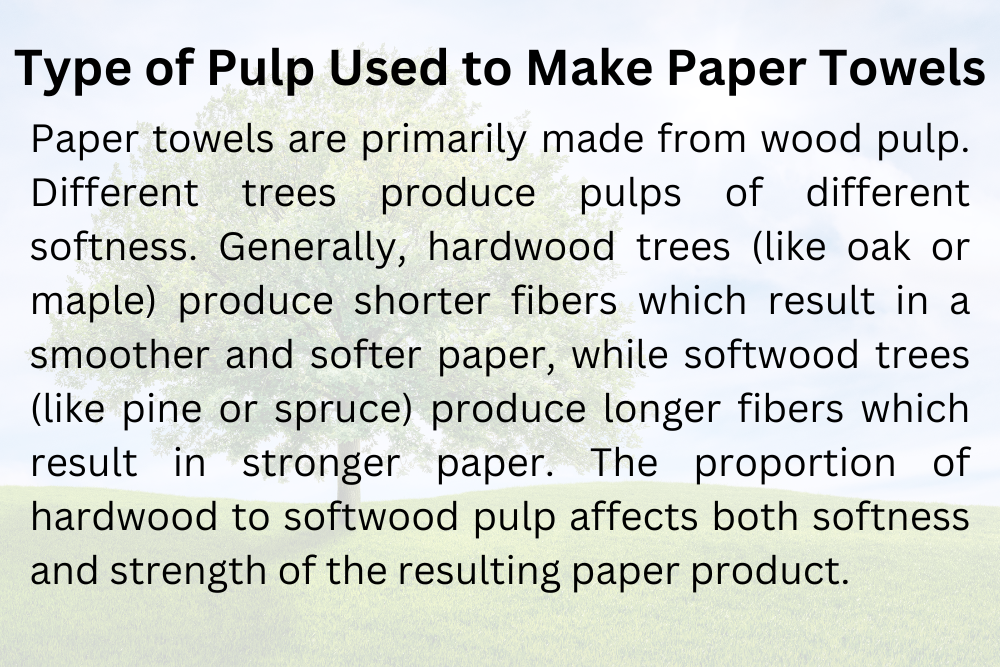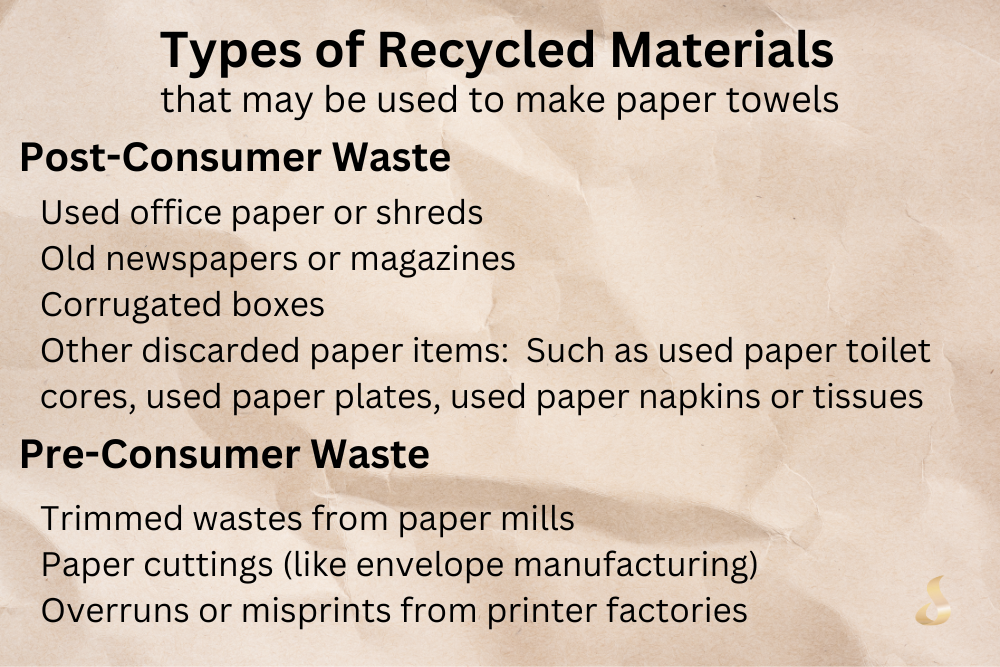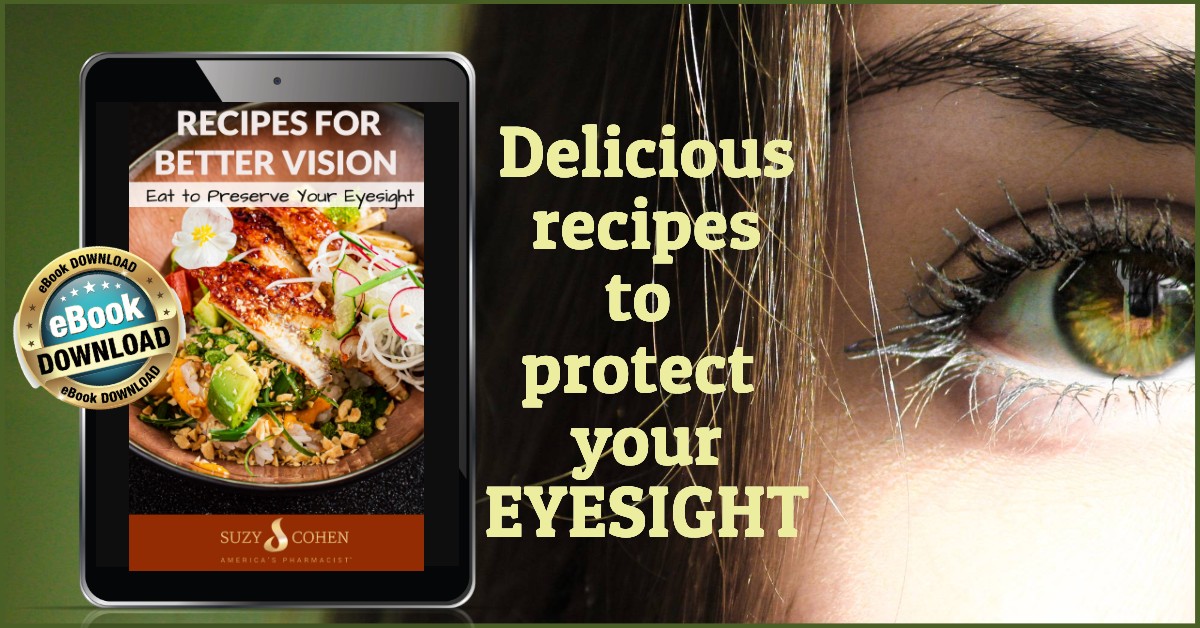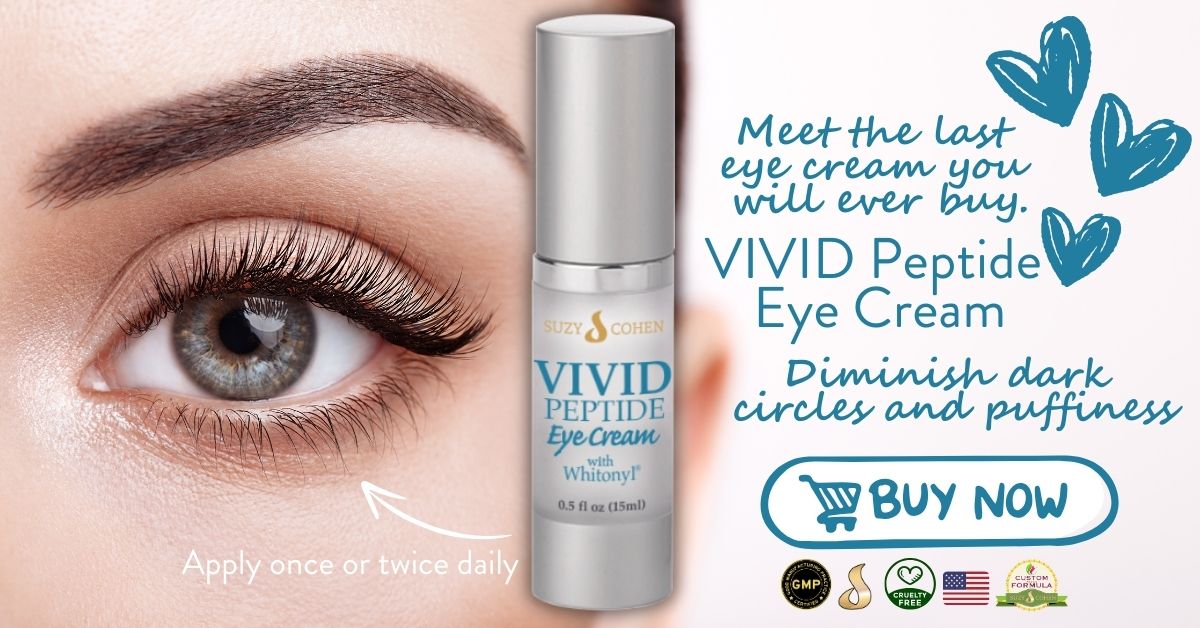What's On This Page?
ToggleHave you noticed how some paper towels feel? How come VIVA is so much softer than Bounty? I’ve wondered. Turns out it comes down to brand philosophy, which then dictates the type of tree used to cultivate a paper towel.
A brand like VIVA prioritizes softness as a selling point and therefore probably uses a higher proportion of hardwood pulp (for example Oak or Maple) or a specific additive to enhance softness. See my graphic below on the types of trees and wood pulp used.
Bounty, on the other hand, markets itself as a “quicker picker upper” emphasizing its strength and absorbency. As such, this influences the materials and production methods they use, as Pine or Spruce makes for a stronger paper towel. Keep in mind, it’s more than just one thing, it’s the combination of raw materials, manufacturing processes, and any additional treatments that come together to create the final texture and feel of a paper towel.

They say money can’t buy happiness, but it can buy paper towels, and those make me happy! I can’t efficiently clean my home, or work in my kitchen without them. I also dry my salad with them after washing the lettuce, something I will never do again with RECYCLED paper towels! See the picture I made entitled “Types of Recycled Materials” down below.
It got me wondering, what’s in each paper towel? Are there chemicals in there? Are they safe for daily use? I would assume so, but let’s take a deeper look into this household necessity.
Fun fact: Despite the popularity of paper towels, they were actually an accidental invention! In 1879, a paper factory made too many paper rolls that were too thick to be used as what they intended them for – as toilet paper. Instead of wasting everything, they were sold as paper towels.
I did a little background research on this household staple and concluded they are generally safe to use, but there are some key chemicals and aspects of paper towels that you may be interested in. If you indiscriminately grab a sheet of paper towels for this and that, and whatever else, here are 5 considerations that may cause you to use less:
1. Bleaching agents
Paper towels are often bleached to make them look white because people don’t respond well or buy colorful red or blue paper towels. The bleaching process requires chlorine, which can spawn really harmful substances like dioxins and furans!
These are persistent organic pollutants, termed “POPS” meaning they can stay in the environment for quite some time and potentially accumulate in the food chain. If you’d like to learn more about POPs and their connection to thyroid cancer, I have an article posted on my website HERE.
There are a handful of companies that use a completely bleaching process that uses elemental chlorine-free (ECF) or totally chlorine-free (TCF) bleaching.
2. Formaldehyde
Formaldehyde is primarily used in the production of fertilizer, plywood, paper, cosmetics, and medications. It’s also employed as a food preservative.
However, it’s worth noting that the primary uses of formaldehyde extend beyond these areas, especially in the production of resins used in wood products, and its use as a food preservative is limited and subject to strict regulations in many countries due to potential health risks.
So why is it even in a paper towel?! Because it makes them work! It improves the wet-strength of paper towels and facial tissue. Formaldehyde is a well-known irritant and has been classified as a human CARCINOGEN.
However, the amount present in paper towels is incredibly low so I’m going to try not to think about this chemical anymore. I really want to my paper towels!
3. BPA and BPS
Bisphenol A (BPA) is a chemical frequently used in the production of paper products, all of them, including paper towels and some paper receipts. CLICK HERE.
While the use of BPA has decreased due to recent problems uncovered by scientists, some manufacturers have replaced it with Bisphenol S (BPS). But unfortunately, I think it has a pretty similar health impact as BPA! These chemicals can potentially leach into food or be absorbed through the skin. They are known endocrine disruptors, meaning they can interfere with your body’s hormonal system and impact your levels of estrogen, testosterone, thyroid hormone and more.
4. Fragrances and dyes
Some paper towels are scented or have a small colorful pattern on them. The safety of these fragrances and dyes depends on which is used. The compounds used are often not disclosed, which can make it difficult for consumers to know what they’re being exposed to. Some people can have allergic reactions to these additives.
5. Recycled materials are used to make paper towels
Paper towels made from recycled materials theoretically sound like they are more environmentally friendly (but I don’t think they are… I really don’t know). I can tell you that I learned about some drawbacks that you may not have thought of either. For example, do you know what types of paper are used to make recycled paper towels? It may not be as clean as we assume. Scroll down to the graphic entitled “Types of Recycled Materials” to see why.
The recycling process is complex because they have to clean the original materials to produce a clean, white-colored paper towel for you. This can introduce all kinds of unique chemical contaminants, including small amounts of metals because they are having to sterilize and clean all kinds of used paper goods in order to recycle them… things like used paper plates, used paper towels, and newspapers and possibly other things, who knows?! See my graphic below.
You think you’re doing something good for the planet, but would you still use them if the bleaching process for recycled paper didn’t significantly reduce the concentration of bacteria? But it’s not just what’s in your paper towel, think about all these procedures and chemicals that negatively impact the environment.
Common sense will tell you that bleaching a paper to make it white, doesn’t impact survivability on some pathogens that are in the original paper being recycled. For this reason, I am NEVER drying my fruits or veggies with recycled paper.
Is Recycling Paper to Make Paper Towels the Future?
No, definitely not. I’d venture to say it’s worse on the environment than regular new paper towels, but that’s just me! Hey, I write an opinion column, and that’s what I think. The fact is, to ensure the safety and health of consumers, many manufacturers are moving away from recycling and towards the bleaching processes, but they’re developing safer methods than in the 1990s. Many are also reducing the use of formaldehyde, a good thing.
For example, paper towels are made from virgin pulp which contributes to deforestation. Producing them means a lot of energy and water use. I believe it takes 2 and ½ gallons to produce a single roll of paper towels. Switching to a regular cloth towel or rag may be better for the environment.
If you are a consumer that is very concerned about all of this, you could look for paper towels that are certified by environmental organizations, such as the Forest Stewardship Council (FSC) for example.
Summary
In conclusion, while paper towels can contain various chemicals, the risk they pose to human health is really low, especially if you compare the risks to other things we do to ourselves. By that I mean, you’d do yourself more of a favor by eliminating personal hygiene products that contain parabens, and minimizing the use of medications, pesticides and food additives than worrying about the 3 paper towels you used today!
However, being aware is always good. It prompted me to buy a pack of new kitchen towels which can be used for many of the tasks that I was using paper towels for. I like that I can wash them over and over. This change will also save me some cash each month because paper towel prices have gone up significantly.
I’m not the only one. According to a study by the American Forest & Paper Association, the U.S. alone used over 6.5 billion pounds of tissue paper products (that also includes possibly facial tissues and used paper plates) in 2020. That’s enough to make a paper trail to the moon and back several times!
And now the big question I was wondering about drying my wet vegetables or fruits with paper towels. I found out this is a very common practice, and it’s fine to do it, unless you’re very concerned about a teeny bit of lint/paper residue. Maybe you’d rather use a clean dish towel, like one of those flour sack towels. That’s what I’ve gone to unless I’m drying raw meat!
While paper towels are a convenient tool in the kitchen, being aware of these issues can help us use them more sparingly, safely, and responsibly. And remember, regardless of whether you use paper towels, a salad spinner, or a clean cloth to dry your food, it’s important to go ahead and wash fruits and vegetables thoroughly before eating to remove as much dirt as possible.
While paper towels are an everyday convenience, it’s crucial to understand their implications on our health and the environment. The risks they pose are generally low, but awareness and informed choices can make a significant difference.
Opt for brands using safer bleaching processes, less formaldehyde, or those made from reputable manufacturers that have certifications from places like the Forest Stewardship Council (FSC) label to ensure you’re making a responsible choice. Reusing cloth materials, composting used paper towels, or simply reducing their usage can contribute towards a more sustainable future.
Paper towels can be made from recycled materials, mainly sourced from post-consumer waste and pre-consumer waste, see the graphic for what types of recycled paper (like used tissues!) might be used to make your recycled paper towels. I doubt they use used toilet tissue itself (the fibers are too short), but they may use the toilet paper cores that people recycle.

Wth recycled waste, the issue of quality of fibers in the new item (for example think of recycled paper towels) comes up because, over time, they become shorter and not as useful. They lose strength so these companies have to mix virgin (virgin as in “new”) wood pulp). They have to include wood pulp, otherwise, you’d never use recycled paper towels because they wouldn’t absorb hardly anything! I’ve noticed this myself… new paper towels just work better, and absorb more!
Now, diving deeper, think about recycling magazines and newspapers to turn them into paper towels.
You’ve got to get those inks and dyes off the paper so de-inking processes have to occur otherwise your recycled paper towel has remnants of ink on it! No one wants that. This is another reason I don’t like recycled paper towels. The de-inking process is not chemical-free!
There are also hygiene concerns. We’re using paper towels in the kitchen, or bathroom… we’re blowing our nose into facial tissue. Some of these recycled brands don’t do a 100% job at eliminating every single potential contaminant.
Remember, they’re recycling used paper goods people have contaminated. Recycling processes are designed to clean and sterilize the fibers, making the final recycled paper product hygienic, but I still can’t get it out of my mind that if they only do a 90% clean up job… or even a 98% clean up job… what’s left in the paper towel???
Since there’s no real transparency during production (it’s not posted on websites either), and I can’t peek over the worker’s shoulder, I really don’t know what’s in that recycled paper item, did they source used paper that I wouldn’t appreciate if I knew it was in there? I can’t imagine that’s possible. I’m not saying every company uses unclean paper, or any of them do, but how do you know which ones do and which don’t? Recycled paper is supposedly cleaned and sold to others to make their own goods.
So I can’t get over the mental chatter of all that. I called two companies that manufacture recycled paper towels, but no one’s returned my call. No surprise there. So until further notice, I’m sticking to brand-new paper towels, and I’ll deal with the chlorine! 😉 What will you do? I hope you’ve enjoyed this article and learned something new. Feel free to forward it to a friend and if you have any comments, you can email me at scriptessentials@gmail.com.

Suzy Cohen, has been a licensed pharmacist for over 30 years and believes the best approach to chronic illness is a combination of natural medicine and conventional. She founded her own dietary supplement company specializing in custom-formulas, some of which have patents. With a special focus on functional medicine, thyroid health and drug nutrient depletion, Suzy is the author of several related books including Thyroid Healthy, Drug Muggers, Diabetes Without Drugs, and a nationally syndicated column.


